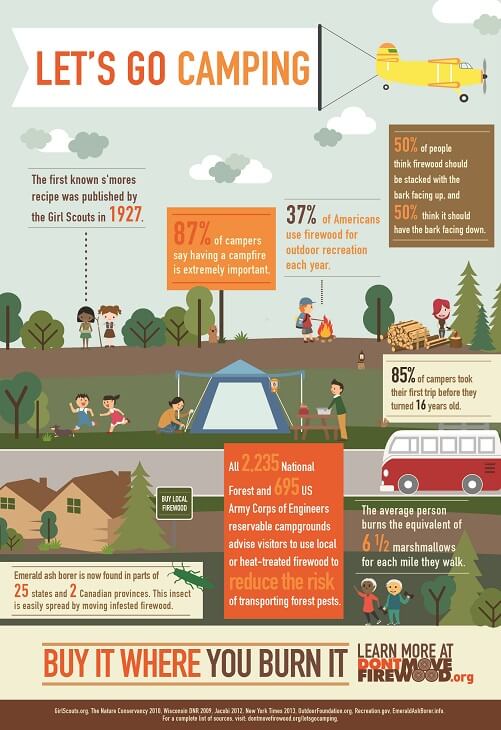Become A Sales Guru Selling Camping Tents With These Methods
Become A Sales Guru Selling Camping Tents With These Methods
Blog Article
How to Put Rain Cover on Tent
Maintaining your gear dry is critical in backpacking. Water will promptly saturate a pack, triggering your resting bag and other things to splash.
Where can I pitch a tent?
Rainfall covers are an excellent way to maintain your knapsack, tent, and various other gear completely dry. They are easy to use and supply protection versus hefty rains.
Link the Camping Tent to the Tarp
A tarp is a wonderful piece of camping equipment that helps maintain you dry. It can be utilized to shield your camping tent floor from points that could penetrate it and likewise act as a barrier in between you and the aspects.
To get the most out of your tarp, it is very important to utilize it properly. To do so, you will certainly require to understand a couple of basic knots. These consist of the trucker's drawback and bowline knots. These are 2 of the best knots for rigging a tarp shelter since they are both flexible.
As soon as you have these knots down, you can start to rig up the ridgeline for your tarp. To do this, discover 2 trees that are at opposite sides of the camping site. Then, link completion of the ridgeline cord to among the trees with a bowline knot.
Connect the Tarp to the Outdoor tents
A tarpaulin is an advantage to have under your tent since it secures the outdoor tents flooring from things that could pierce it in addition to maintaining rainwater or condensation from leaking right into your tent and soaking your sleeping bag and gear. It likewise assists maintain your tent cleaner.
It is best to utilize a tarp particularly created to collaborate with the design of your tent, a footprint tarp. These are usually made of a stronger, extra water proof material and sized to match the impact of your camping tent.
To configuration your tarpaulin, locate two trees that are the best distance apart with essentially degree ground in between them. Coil a rope up over a limb 12-15 feet high and walk it around the tree securely, at the very least twice, with a prussik knot. This will secure the ridgeline to the tree and prevent it from burning out in gusty weather. Make certain to place the knot at a lower factor than the stitch line, and use strong shock cord in between the knot and the guy line to absorb some of the impact in windy conditions.
Tie the Tent to the Ground
Rainfall occasionally feels like a death penalty for camping, but it doesn't need to be. A strong camping tent plus a ground tarp can maintain you completely dry and comfortable.
A good rainfly helps lose water off the camping tent, but if it isn't taut it will certainly gather in one place and drip down right into the camping tent. That's where the man lines come in: They aid sustain the rainfly and create security in the outdoor tents.
Stakes are a fantastic option for anchoring individual lines, but not every environment is suitable for them. If the website is sandy or rough, it will be tough to drive risks into the ground. In these instances, hefty rocks or logs can be used to secure the person lines instead.
Remember to deal with all the seams on your outdoor tents with some kind of sealant. Even if the joints don't seem dripping now, wind can press rainfall sideways, and any kind of dripping seams will eventually worsen.
Link the Tent to the Outdoor Tents Poles
If you have a pole tent, you must constantly bet it down when utilizing it. This will certainly assist to keep the camping tent from blowing away in a wind storm.
Before erecting your tent, search for flat ground free of rocks and debris. Also make sure the area is free from low-hanging living in a tent branches, which are called "widow manufacturers."
When establishing an outdoor tents, it is necessary to follow the manufacturer's instructions carefully. This will aid you prevent making mistakes that could damage the tent or make it challenging to utilize.
In addition, take care to deploy man lines appropriately. We discovered partially One that the length of a guyline (and its angle) alters how pressures are birthed by the risk and the dirt. This is particularly vital for peak guylines, which might be ideal released slightly countered from the peak of your outdoor tents. The very same holds true for other individual factors, including those alongside your tent.
